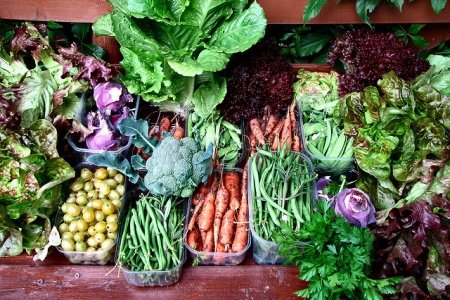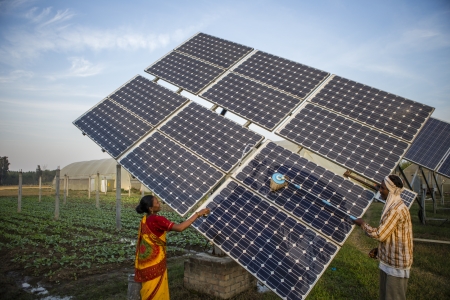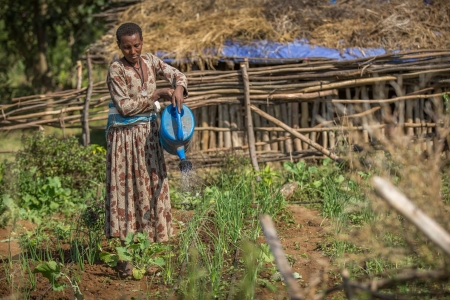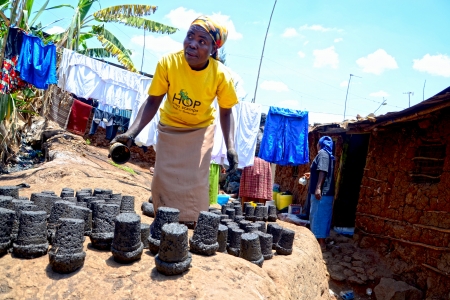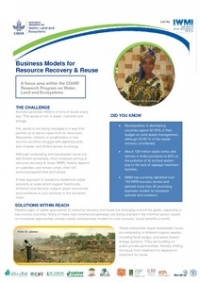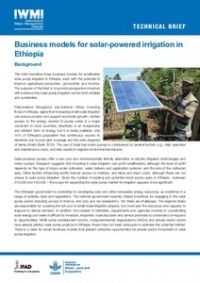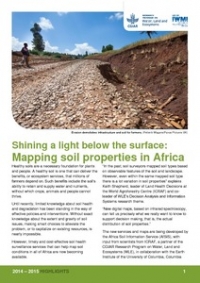As this month marks World Environment Day, global food system experts are discussing solutions at the Stockholm EAT Food Forum. Some of the best solutions will involve science, government, and business working together through cutting edge business models. WLE presented these models at EAT 2018 and aims to build on collaborations as we ready the launch of a major international Commission that will drive these kinds of solutions forward.
---
Food sustains us. But the way we produce it is compromising our planet’s ability to support people and the ecosystems on which we rely. As populations and cities grow, it gets worse: we use up water, soil and nutrients. We harm our biodiversity. We create waste and pollution, including greenhouse gases.
But we need to produce enough nutritious food for our growing populations, so we need approaches that incentivize sustainability. We need to shake up current models by employing “business models from edge” – the edges of our food system innovations, such as agricultural, food and human waste. And the front edges – the frontlines – of food production. Here are three developing world sectors that are about ready to take off:
1. Sunshine as a cash crop
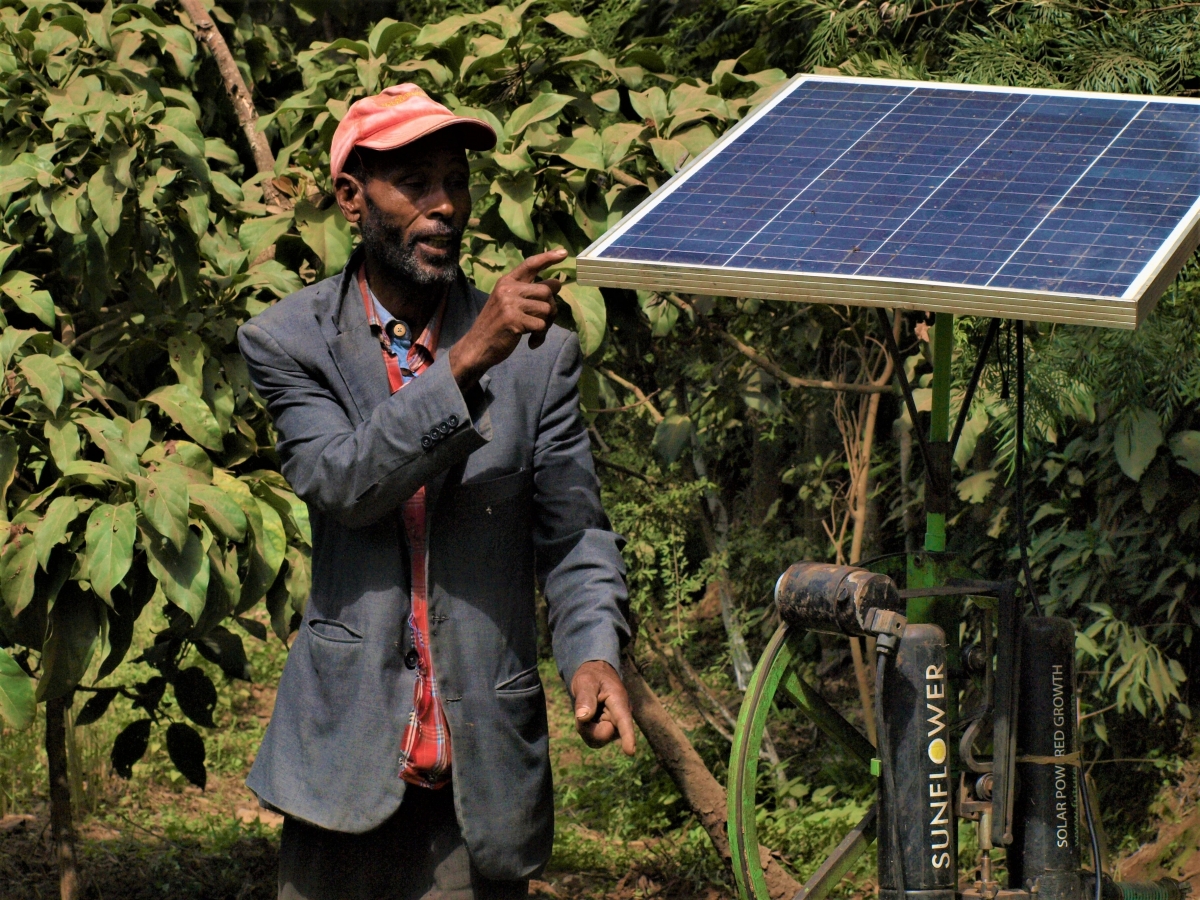
Solar irrigation is about to explode in the Global South. Most of the food grown in developing countries is by smallholders. And their crops need water.
The CGIAR Research Program on Water, Land and Ecosystems (WLE) and partners have been piloting solar irrigation pump technology. It’s a popular idea: Governments see replacing diesel pumps as a way to lower CO2 emissions, and to serve off-grid communities, like in rural Ethiopia.
For farmers, they get “free” uninterrupted daytime power: water for irrigation and household needs. Researchers from the International Water Management Institute (IWMI) estimate that small-scale solar irrigation just in Ethiopia could be expanded by seven million hectares. In India alone, 26 million diesel pumps could be replaced by solar. This could boost food security, nutrition and incomes for millions, all while reducing dependence on carbon intensive diesel. And private companies or entrepreneurs may be well placed to drive this by providing technology and services.
The global price of solar power is 1/10 of the price 10 years ago. What a chance we have! But there are also problems with this solution, and IWMI is trying to solve them. Many farmers have no way to access technology – it’s just too expensive. Sometimes it’s rolled out in the wrong places – not enough sunshine or rainfall, poor groundwater sources, not enough surface water, or slopes are too steep to irrigate. Sometimes pumps are inefficiently operated. Lacking incentives to conserve water, over-pumping can drain groundwater. It’s free-to-operate, so why not pump and pump and pump?
So, if we want to minimize environmental impact, reach the largest number of low-income people, and keep costs affordable, how can this be done?
First, through funding and supply models. To get technology into get in the hands of the farmers, researchers developed financing business models, in particular for Ethiopia, but expanding to other African countries. These include cost sharing, low interest loans, pooled collateral, joint ownership, equipment leasing and other schemes.
The second big solution involves selling electricity back to the grid. In India, IWMI and partners successfully piloted a scheme where farmers were incentivized against over-pumping by selling surplus power generated when the fields are not being irrigated. The results were impressive: doubling farmers’ incomes, through selling excess power and reduced pumping costs. The model has just been incorporated into a massive USD16B Indian investment. Turning sunshine into a cash crop can bring productivity, income and groundwater protection. A win-win-win.
Finally, we need to determine where solar irrigation should roll out. IWMI scientists gather data on sunshine, rainfall, groundwater, surface water, slopes and other factors to determine the best places for solar. They provide this info through maps and recommendations to governments, investors and communities. This can guide investment decisions, protect groundwater supply, and prevent conflicts over water supply between regions or countries. Smart maps equal smart investments.
The next step is co-testing these models with farmers, agribusinesses, suppliers and credit institutions to further ensure that solar becomes inclusive and effective.
2. The dirt on soil data
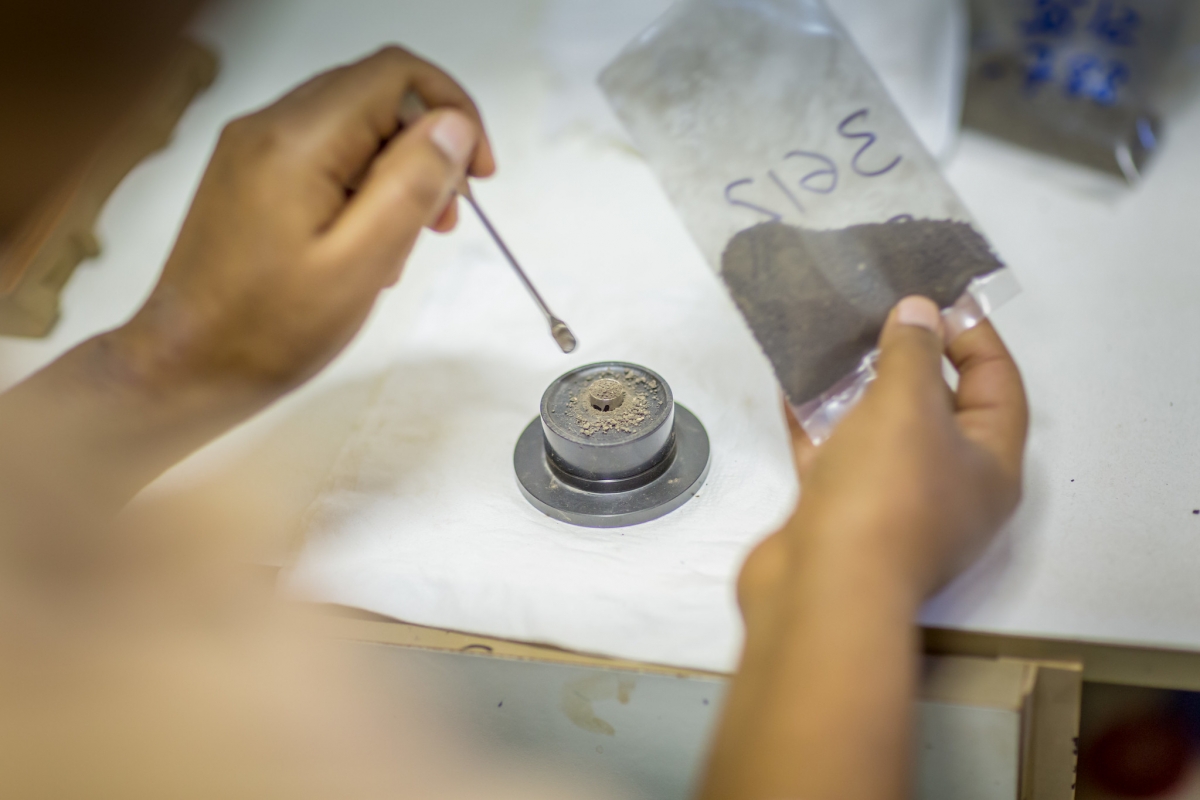
One of the harder scientific words to say is “spectroscopy.” But that hasn’t stopped the innovation from helping us measure soil nutrients, fertilizer needs, and carbon sequestration potential.
The process has great potential for Africa, where there has been little investment in building soil fertility. Continuous crop harvests with low levels of nutrient inputs has mined soil nutrients and depleted organic matter. And while fertilizer and food companies are beginning to invest in Africa, they are hampered by a lack of knowledge of what nutrients to apply where to improve soils and obtain good crop yields. As a result, crop yields have remained pitifully low, leading to food and farming system insecurity.
In other continents soil tests have helped fertilizer companies and growers make fertilizer choices. But Africa faces multiple problems in providing this information: Soil tests are too expensive for individual farmers. And labs have been unreliable, facing electricity cuts, sub-grade supplies, and difficulty in getting lab instruments serviced.
World Agroforestry (ICRAF), WLE and partners have developed solutions to these challenges using the simplicity of light: spectroscopy. It is rapid, reliable and low cost. Essentially, service providers shine light on soil samples and measure the amount of light absorbed under various settings. The measurements create ‘spectral signatures’ which characterize soil composition and provides information on what and how much nutrient to add and other soil management decisions. We can also now use portable x-ray instruments to tell us how the plant is doing in terms of nutrition.
The new technology is bringing economically feasible analyses of soil and plant samples from thousands of locations, with data used to generate digital maps. These are already guiding fertilizer recommendations, including in East and West Africa. Through the Africa Soil Information Service (AfSIS), the work has assisted 14 African countries to establish spectral labs. And the private sector is starting to offer services, including mobile labs and in-field sensors. As well, a new start-up helps farmers and entrepreneurs find blended financing opportunities.
What’s next? The scientists are testing rural soil-plant health clinics, low-cost handheld infrared devices, and mobile phone devices for farmers. Each idea is rich with investment potential, and each aims to provide science-backed recommendations to improve soil health.
3. Here comes the sludge!
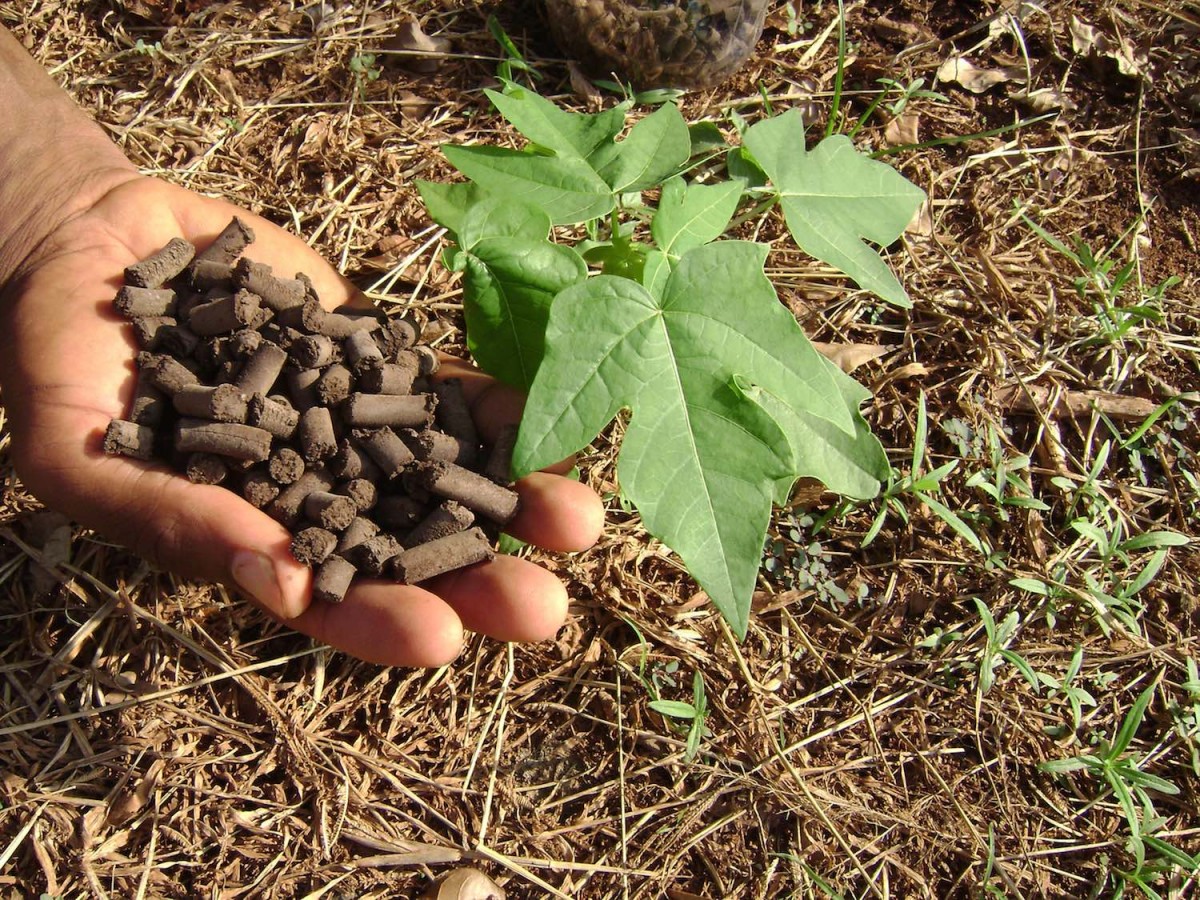
Human beings create too much waste. Growing cities and food production are main culprits. Only 10% of global wastewater finds a sewer and even less gets treated. Septic tanks and pit latrines dominate in developing countries. But without treatment plants, pits get full. At the same time, cities are hungry, farmers face depleted soils, and fertilizers are expensive. Can we reuse this waste, while turning it into a value proposition? Or can we at least recover the costs of waste management?
Since waste also contains nutrients and energy, we can apply circular thinking to link sanitation and agriculture. IWMI/WLE’s Resource Recovery for Reuse (RRR) work offers business propositions far beyond ‘safe disposal’.
There are low-tech options for turning human excreta (a.k.a. ‘fecal sludge’) into a safe organic fertilizer or energy briquettes. We can turn organic waste into fish feed. Or energy: women in Africa are using agricultural waste, animal manure and human excreta to produce fuel pellets, briquettes or biogas. Fertilizer-from-waste can be tailored to match farmer and crop demands, and pelletized to ease storage, transport and handling. Sales allow cost recovery in support of the sanitation service chain, or to incentivize private sector engagement in fecal sludge management.
With the right technology and business models, we can recover the nutrients and energy potential in our waste – and avoid the monetary, social and environmental costs of waste disposal. In fact, what we see as waste today may be considered wealth tomorrow.
Business models at the cutting edge
The planet is at the edge of various crises. And agriculture needs to be turned from a driver to part of the solution. These three growing sectors give us hope that the world is starting to walk the talk on our investments. With these business models from the edge, we have a chance to generate both income and a greener world.
Thrive blog is a space for independent thought and aims to stimulate discussion among sustainable agriculture researchers and the public. Blogs are facilitated by the CGIAR Research Program on Water, Land and Ecosystems (WLE) but reflect the opinions and information of the authors only and not necessarily those of WLE and its donors or partners. WLE and partners are supported by CGIAR Trust Fund Contributors, including: ACIAR, DFID, DGIS, SDC, and others.



